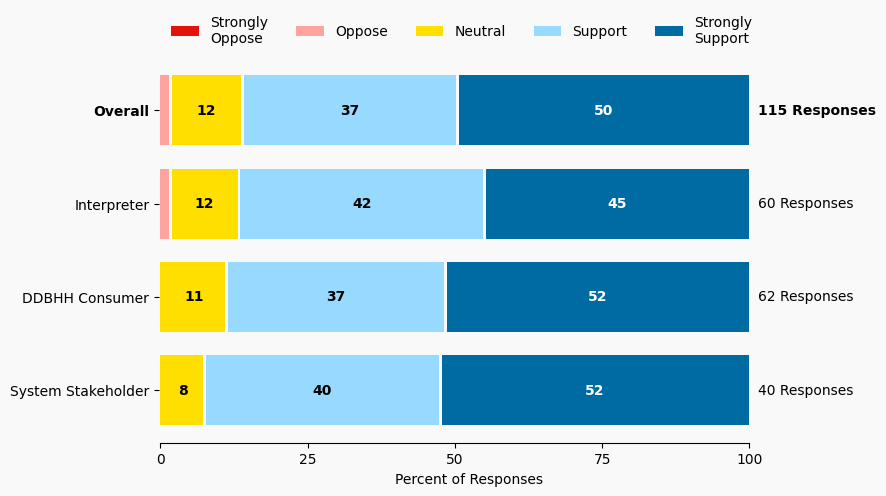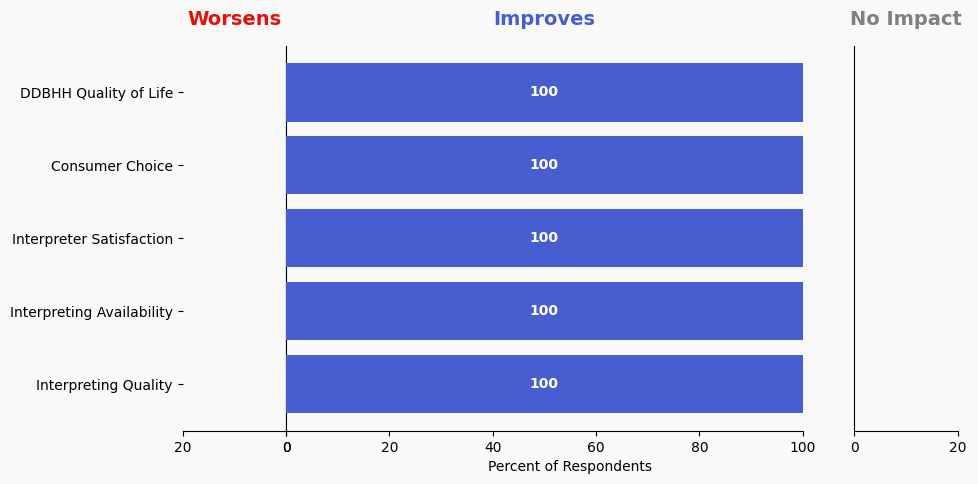82 Promote Community Health Workers for Health Care Settings
Issue: DDBHH patients may struggle with full access and understanding to health care settings and providers. Interpreters are limited in their role for full support as needed. More Community Health Worker (CHW) services in ASL are needed.
Proposed Solution: State Services, Commission, MDH and coalition advocating for funding for Community Health Worker pilot program. Pilot program to include: creating the list of current DDBHH CHWs support for more individuals becoming CHWs if needed public information campaign about CHWs in the DDBHH community advocacy for medical providers hiring CHWs direct compensation for CHWs.
Expected outcome: DDBHH Minnesotans will have better health outcomes because CHW can bridge the gaps that healthcare systems and interpreters are not able to fill. Example areas include culture, education and connections to the community which can be areas that may cause gaps in DDBHH patients receiving equitable health care services.
Who is impacted: Consumers, community health workers, interpreters
Timeline: 6 months

Summary of Support Image Description
The stacked bar charts show how respondents rated their level of support and the total number of responses. The percentage for the five support levels is shown from left to right: Strongly Oppose (Dark Red), Oppose (Light Red), Neutral (Yellow), Support (Light Blue), and Strongly Support (Dark Blue).
Respondents may identify with multiple subgroups. The overall level of support is:
Overall
Strongly Oppose: 0%
Oppose: 2%
Neutral: 12%
Support: 37%
Strongly Support: 50%
Click to see the detailed image description for each subgroup.
Interpreter
Strongly Oppose: 0%
Oppose: 2%
Neutral: 12%
Support: 42%
Strongly Support: 45%
DDBHH Consumer
Strongly Oppose: 0%
Oppose: 0%
Neutral: 11%
Support: 37%
Strongly Support: 52%
System Stakeholder
Strongly Oppose: 0%
Oppose: 0%
Neutral: 8%
Support: 40%
Strongly Support: 52%
Overview of Respondents Opting for In-Depth Solution Analysis
After indicating their support level, 2% of the 115 respondents opted in to further assess whether the solution would worsen or improve on five metrics. Of the opt-in reviewers (3 respondents), 100% supported the solution, 0% were neutral on the solution, and 0% opposed the solution.
The remaining 112 respondents did not opt in to further assess the solution. Of these people, 85% support the solution, 12% were neutral on the solution, and 1% opposed the solution.
Reviewer Evaluation of Solution Effectiveness

Solution Effectiveness Image Description
The stacked bar charts show how respondents assessed the effectiveness of this solution based on five metrics. For each metric, the percentage of respondents is shown from left to right: Worsens (Red), Improves (Blue), No Impact (Gray).
DDBHH Quality of Life
Makes It Worse 0%
Makes It Better 100%
No Impact 0%
Interpreter Satisfaction
Makes It Worse 0%
Makes It Better 100%
No Impact 0%
Consumer Choice
Makes It Worse 0%
Makes It Better 100%
No Impact 0%
Interpreting Availability
Makes It Worse 0%
Makes It Better 100%
No Impact 0%
Interpreting Quality
Makes It Worse 0%
Makes It Better 100%
No Impact 0%
Reviewer Feedback and Insights
Interpreter
Comments from Interpreters suggest ensuring that interpreters are informed about the process of requesting a CHW for patients and sharing this information with both providers and patients.
Deaf, DeafBlind, Hard of Hearing
Comments from DDBHH Consumers agree with the need to raise awareness of Community Health Workers (CHWs) in the Deaf community and health clinics, with a focus on how billing is managed.
System Stakeholder
No comments were submitted.
PREVIOUS SOLUTION
81 Establish a Health Care Systems Advisory Board
Issue: Consumers and interpreters need a way to advise hospital systems on successful communication access.
NEXT SOLUTION
Issue: There are many issues with achieving effective communication access in court settings. Quality issues include: Inconsistency of interpreters assigned Struggle to assign CDIs Working interpreters having no consistent venue for sharing necessary feedback regarding the work conditions
Leave a Reply